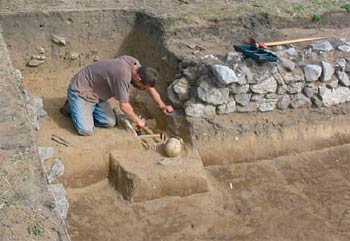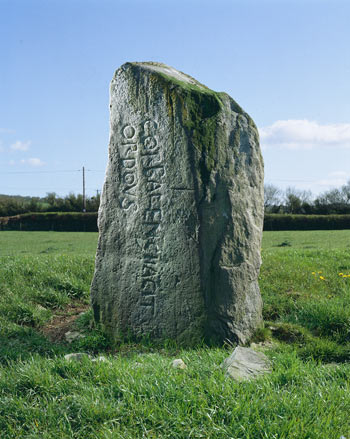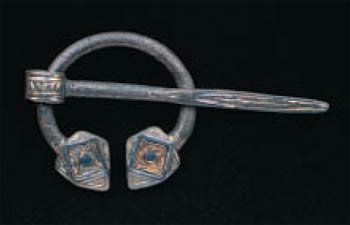EARLY
MEDIEVAL WALES (410 – 1100)
The early medieval period, from the end of Roman rule to
the coming of the Normans, saw fundamental social, political
and economic changes that formed the roots of the distinctiveness
of Wales in language, landscapes, culture and belief. Documentary
sources are scant and there has been archaeological investigation
of only a handful of settlement and cemetery sites. Many
of the most basic questions remain to be answered.
The following are extracts/summaries of the key priorities
identified for the period. For the full text, click on the
All Wales Final Document link below.
-
Settlement and society
– Fundamental work is needed to establish the hierarchy
of secular settlement types and analyse regional and chronological
differences.
-
Economy – Greater
understanding is needed of the exploitation of land and
resources, climate change, crafts and mechanisms of exchange.
-
The early medieval church
– More needs to be known of the process of Christian
conversion, the evolution of religious sites and the broader
impact of the church.
-
External contacts
- Understanding should be increased of the survival of
Romano-British culture, the Viking impact and changing
relationships of different parts of Wales with England,
the Irish Sea zone and places further away.
|

 |
Excavating an early
medieval human burial at Brownslade Farm, Pembrokeshire
in August 2006.
©Dyfed Archaeological Trust
|

 |
This early medieval
inscribed stone from Penbryn, Ceredigion, commemorates
CORBALENGI IACIT ORDOVS (of Corbalengus, he lies,
an Ordovician).
Crown Copyright ©RCAHMW (NPRN304135, D12005_1198) |

 |
Silver penannnular
brooch decorated with blue glass beads, gold foil
and gold filigree; eighth or ninth century AD. Found
at Newton Moor, Vale of Glamorgan.
©National Museum of Wales
|
|

